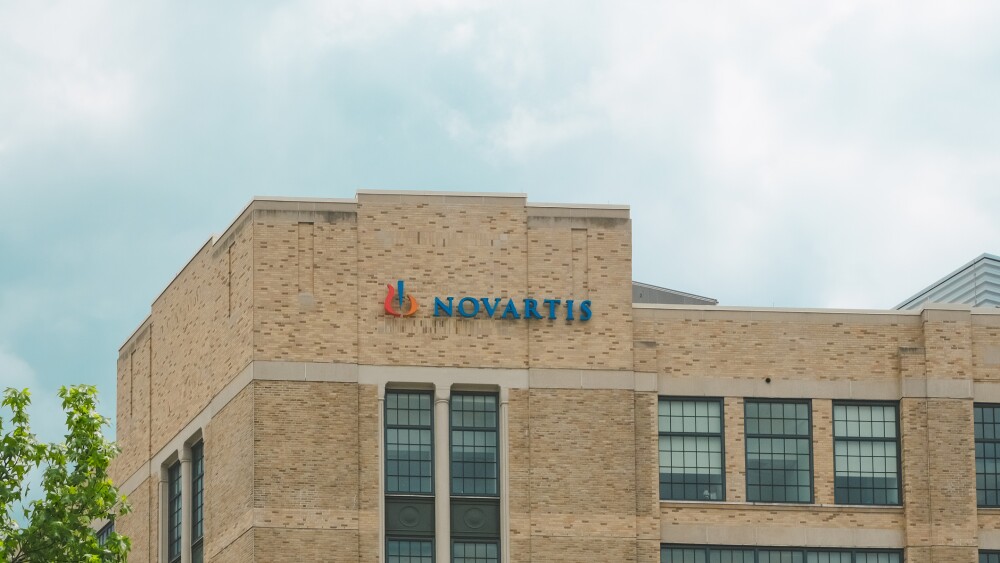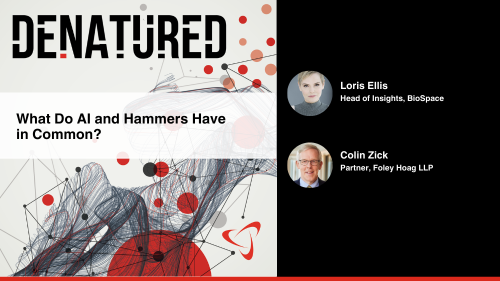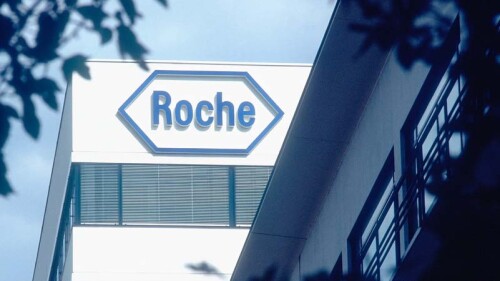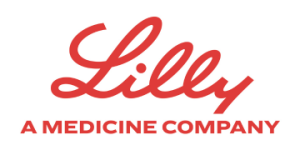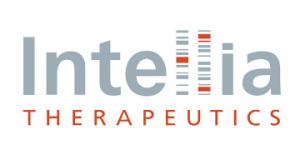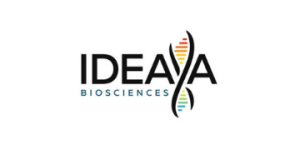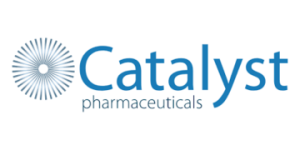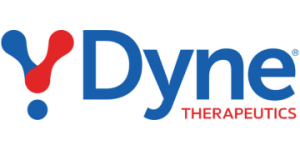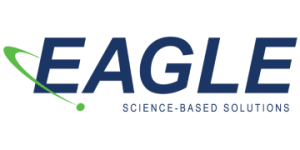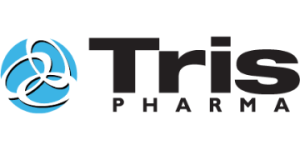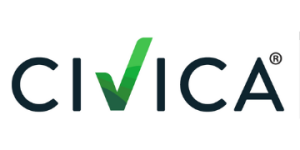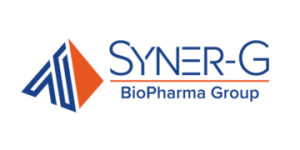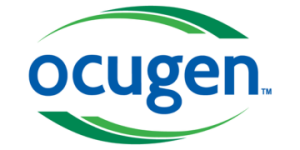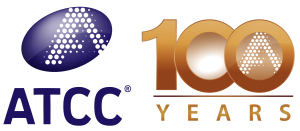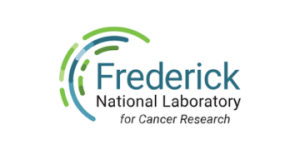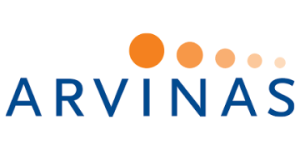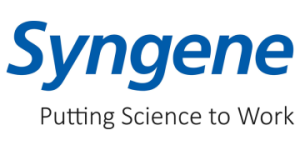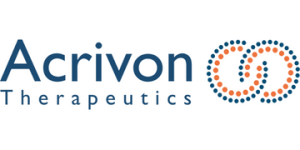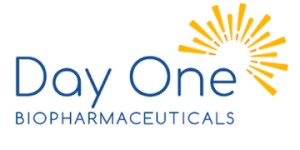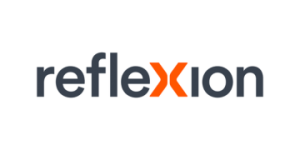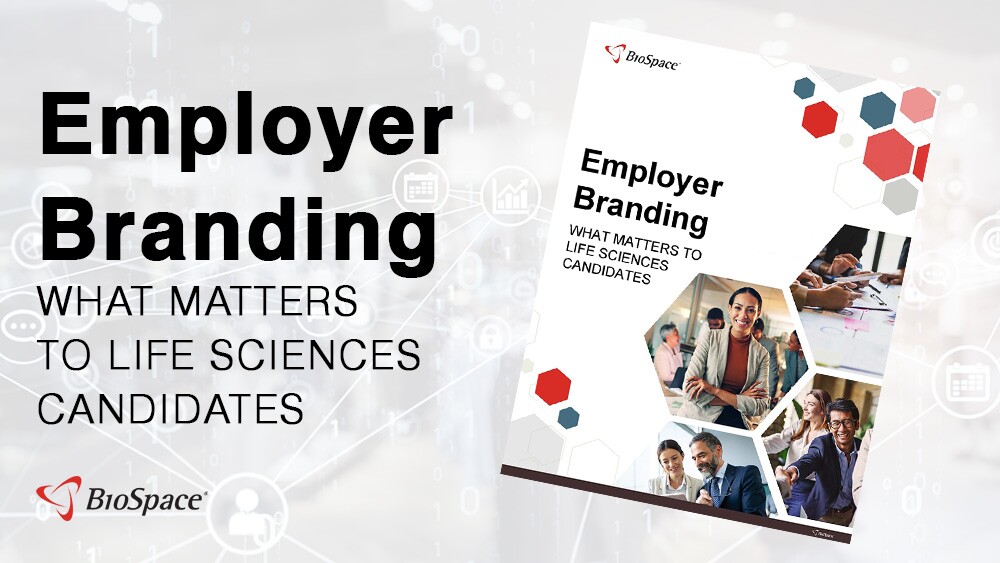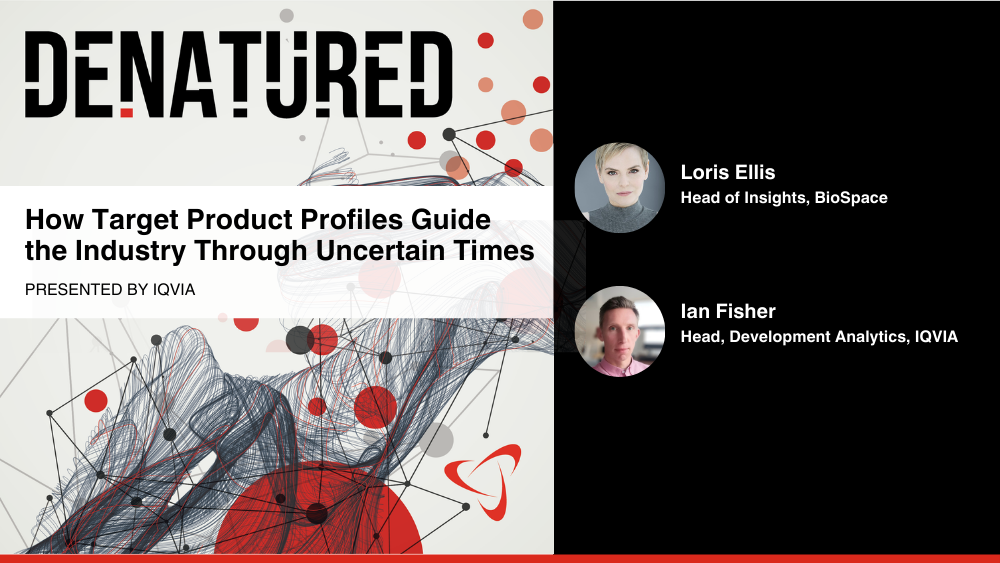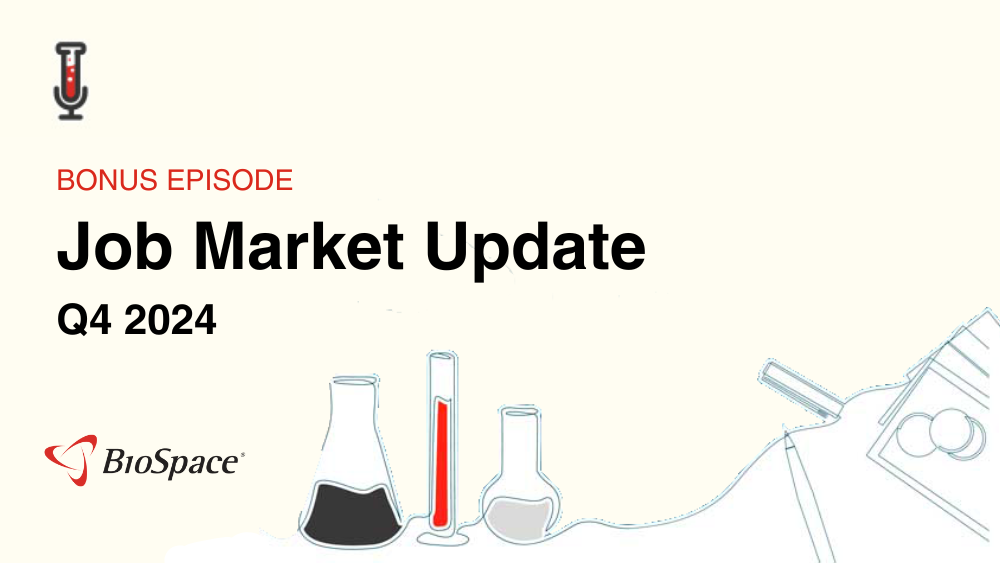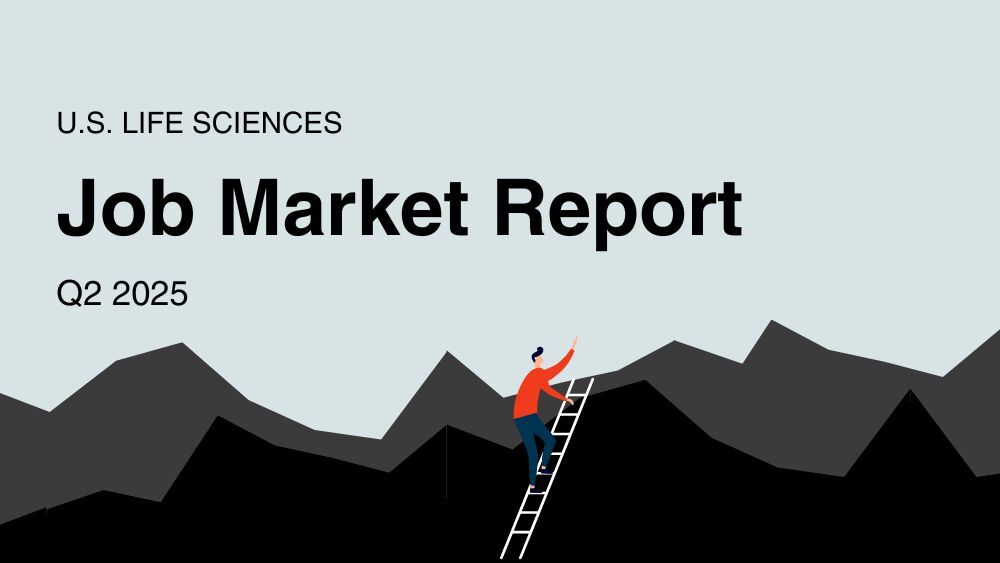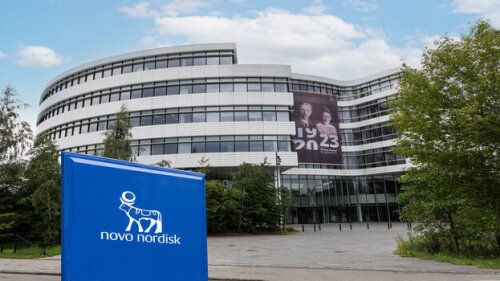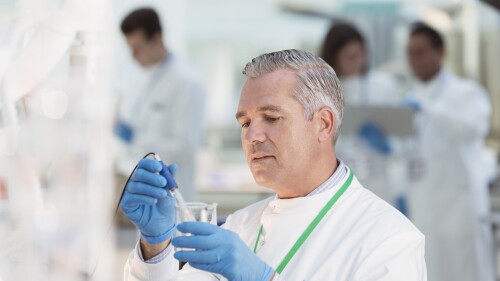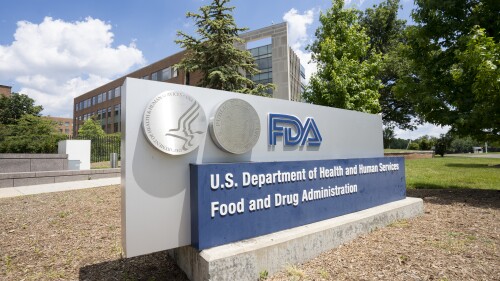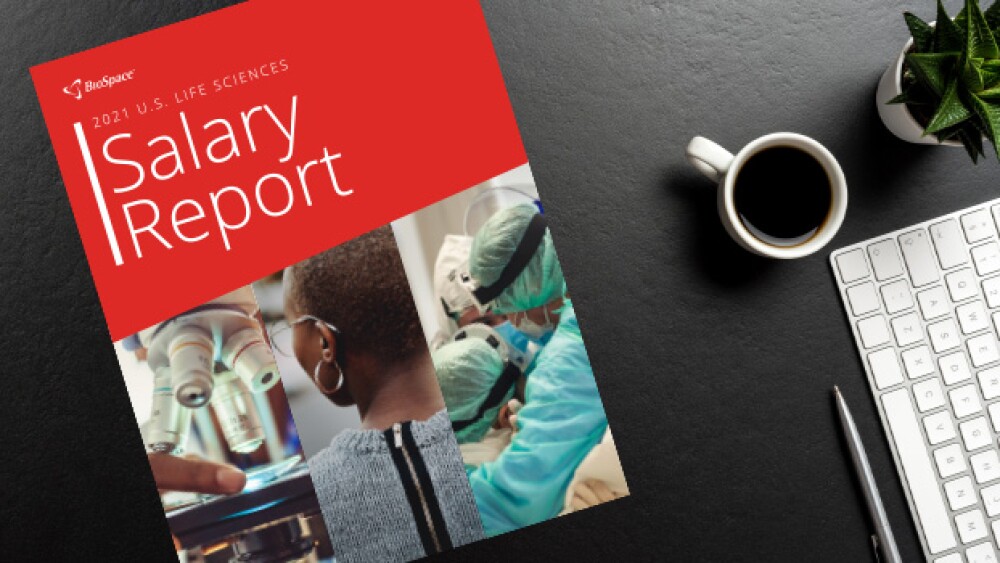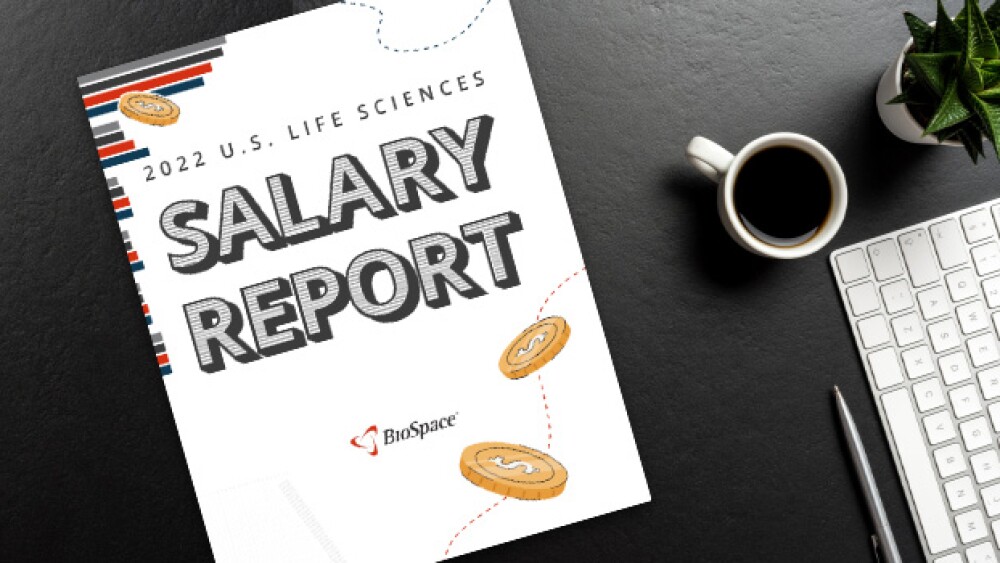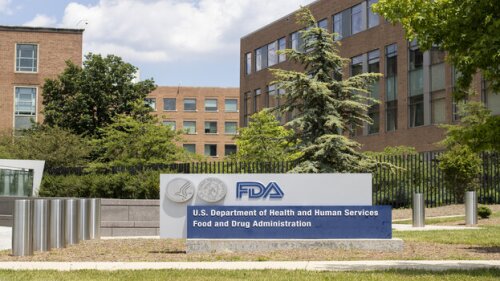In this episode of Denatured, BioSpace’s head of insights Lori Ellis and Colin Zick, partner at Foley Hoag LLP, spend time discussing some of the points brought up in the Bioprocessing Summit last month. They explore the connections between hammers, AI, The Planet of the Apes and monoliths.
Both BMS and Novo Nordisk have, in recent months, announced steep layoffs as they strive to cut back on costs.
Brepocitinib remains “ahead of competition” in the dermatomyositis space, according to analysts at Leerink, who projected that the drug candidate could hit $2 billion in sales in 2032.
Supporting Lexicon Pharmaceuticals’ decision to advance the non-opioid analgesic pilavapadin into late-stage development—despite a topline miss in March—is an “improving” regulatory environment for non-addictive options for chronic pain, according to analysts at Jefferies.
The star of the acquisition, which includes a contingent value right of $6 per share, is pegozafermin, an FGF21 analog in late-stage development for metabolic dysfunction-associated steatohepatitis.
In this deep dive, BioSpace explores the next big thing in obesity.
FEATURED STORIES
The recent announcement of RFK Jr.’s termination of mRNA vaccine contracts is the latest effort to undermine this promising technology at the federal level. Pharmaceutical companies and private investors must fill the gap and ensure that research into this critical resource continues.
Here are five oral obesity candidates that, according to Mizuho’s Graig Suvannavejh, could change the weight loss game.
Arguably the FDA’s most anticipated decision this month is for a subcutaneous induction formulation of Biogen and Eisai’s Alzheimer’s drug Leqembi, which, according to Eisai, could “help reduce the burden on healthcare professionals and patients.”
Out-licensing drugs to multinational corporations is a natural step for Chinese biotechs, but the recent rise in deals is only scratching at the surface of partnership-ready biotechs in the region.
While a substantial portion of pipeline assets are externally sourced, many Big Pharmas are tapping into incubators and venture funds to uncover cutting-edge scientific trends, determine their future focus points and even carve out a niche in an emerging geographical hotspot.
From innovation in manufacturing to more-flexible regulation and better communication with payers, much needs to happen to make CGTs commercially viable. But it is possible, experts agreed at a recent panel.
LATEST PODCASTS
HHS Secretary RFK Jr. removes the COVID-19 vaccine recommendation for healthy kids and pregnant women—the latest in a string of changes to vaccine policies; judge issues an order to halt HHS’ reorganization and mass layoff plans; Rocket Pharmaceuticals’ pivotal Danon disease trial is on hold after a patient death; and President Trump has named Mehmet Oz to spearhead his Most Favored Nation drug pricing policy.
In this episode presented by IQVIA, BioSpace’s head of insights Lori Ellis discusses the importance of target product profiles, particularly when navigating funding challenges, with Ian Fisher, head of development analytics.
China continues to be a source of innovation as Pfizer strikes biggest pact yet; HHS provides more info on Trump’s Most Favored Nation executive order; FDA Commissioner Marty Makary and CBER director Vinay Prasad reveal new COVID-19 vaccine strategy following Novavax approval; ODAC underway after chaotic planning; more.
Job Trends
In this bonus episode, BioSpace’s vice president of marketing Chantal Dresner and careers editor Angela Gabriel take a look at Q4 job market performance and what we expect to see ahead.
Subscribe to Genepool
Subscribe to BioSpace’s flagship publication including top headlines, special editions and life sciences’ most important breaking news
SPECIAL EDITIONS
BioSpace did a deep dive into biopharma female executives who navigated difficult markets to lead their companies to high-value exits.
BioSpace data show biopharma professionals faced increased competition for fewer employment opportunities during the second quarter of 2025, with increased pressure from further layoffs.
BioSpace did a deep dive into executive pay, examining the highest compensation packages, pay ratios and golden parachutes—what a CEO would get paid to leave.
DEALS
-
BioSpace’s NextGen companies are rising in one of the most confounding biotech markets ever experienced. Executives sounded off on how to keep your head above water during our webinar, Are We There Yet?
-
The largest Chinese licensing deal behind Pfizer’s is Novartis’ partnership with Shanghai Argo Biopharma, worth potentially more than $4 billion.
-
The star of the acquisition is the enzyme replacement therapy INZ-701, being developed for the rare disease ENPP1 deficiency.
-
After warnings that the dragged-out process was putting the cell therapy company at risk of bankruptcy, bluebird bio now has a new deal to offer shareholders.
-
Currently trailing Eli Lilly and Structure Therapeutics in the oral weight loss space, Novo Nordisk strikes a deal with Septerna to put new discovery-stage programs into play.
WEIGHT LOSS
-
Robert F. Kennedy Jr. testified in front of largely combative congresspeople on vaccine policy, his MAHA report and more; the mass leadership exodus at the FDA continues as CDER and CBER shed key staff; Kennedy’s revamped CDC vaccine advisors convene for their first meeting; Novo and Lilly present new data at the American Diabetes Association’s annual meeting; and BioSpace recaps BIO2025.
-
Eli Lilly’s bimagrumab led to weight loss that was due almost entirely to fat reduction when combined with semaglutide, marketed by rival Novo Nordisk as Wegovy. BMO Capital Markets called the data “impressive” while raising concerns about the antibody’s safety profile.
-
While Eli Lilly brushed off concerns about gastrointestinal side effects for oral weight loss candidate orforglipron, analysts from William Blair worried that adverse events are not tapering off as expected.
-
After consistently failing to meet investor expectations, Novo Nordisk touted a safety profile for CagriSema in line with the GLP1-RA class, while reporting mid-stage data for its GLP1- and amylin-targeting drug amycretin that raised dosing questions.
-
Analysts at William Blair say dapiglutide’s 11.6% weight reduction at 28 weeks could still be better, given that Zealand’s study predominantly included men and enrolled patients with lower BMI at baseline.
POLICY
-
The move comes after Robert F. Kennedy Jr. received pressure from the Children’s Health Defense, an anti-vaccine non-profit that he co-founded, which last month sued him over his failure to run the “statutorily required Task Force on childhood vaccine,” according to the lawsuit.
-
The Department of Health and Human Services’ mRNA pullback only applies to their use in upper respiratory disease, according to Secretary Robert F. Kennedy Jr.
-
As Trump has pressured drugmakers to lower the cost of medicines in the U.S., the pharma industry has coalesced behind a message of rebalancing what nations pay to better reflect the innovation and value of drugmaking.
-
The HHS secretary recently canceled $500 million worth of BARDA contracts around mRNA vaccine research. But the U.S. government has already spent billions on this work, which has saved millions of lives.
-
Citing other priorities—such as the upcoming U.S.-Russia summit—four anonymous sources claim that pharma tariffs could still be weeks away, according to Reuters.
Looking for a quality control job? Check out these nine companies hiring life sciences professionals like you.
Companies will look at job candidates’ LinkedIn profiles, so make sure yours is strong, from the summary of your expertise and qualifications to testimonials from colleagues.
After more than 20 years at Eli Lilly, Leslie Sam moved into independent consulting. To prepare for the transition, she focused on becoming technically deep and earning industry recognition.
Employed and unemployed biotech and pharma professionals are thinking about job hunting in other fields amidst a challenging labor market.
When you don’t get the promotion you wanted, it’s important to assess your company and yourself so you can improve your odds in the future.
Looking for a biotech job in San Diego? Check out these seven top companies hiring life sciences professionals like you.
HOTBEDS
REPORTS
The 2021 Salary Report is significant in more ways than one. This year, BioSpace analyzed salary data through two key lenses: the impact of the pandemic, and for the first time, race and ethnicity.
BioSpace’s 2022 Salary Report explores the average salaries and salary trends of life sciences professionals. Though movement in the labor market slowed during the pandemic, recovery has been swift and employers are once again having to cope with a highly competitive talent market.
BioSpace has created guidelines on how biopharma organizations, large and small, can effectively support employee resource groups (ERGs), encouraging both their creation and ongoing participation.
CANCER
-
While it trails Johnson & Johnson’s Tecvayli, Regeneron still hopes Lynozyfic can differentiate in terms of dosing convenience and efficacy.
-
Pfizer insists that the discontinuation of the Phase II study was due to recruitment difficulties and was not linked to maplirpacept’s safety or efficacy.
-
In a detail-thin announcement, Amgen said that adding bemarituzumab to chemotherapy improved overall survival, though analysts pledged to wait for more data on safety and tolerability before assessing the drug.
-
The FDA delivered two notable approvals for RSV immunization, UroGen overcame a negative advisory committee vote to secure an approval in bladder cancer, and more key regulatory nods from the past month.
-
Gilead is betting up to $750 million on Kymera’s anti-CDK2 molecular glue for solid tumors, while Sanofi elected to move forward with another protein degrader from the biotech, designed to target immune-mediated diseases.
NEUROSCIENCE
-
Market reaction to recent readouts from Compass Pathways and Beckley Psytech/atai in treatment-resistant depression speaks to the hurdles psychedelic therapies must clear to quell concerns about commercial viability.
-
The FDA will allow a new dosing schedule for Eli Lilly’s Alzheimer’s drug Kisunla that could lessen a known side effect of the monoclonal antibody drug class that has led to several deaths.
-
H2 2025 catalysts to watch, biopharma implications of President Trump’s tax law, KalVista’s new hereditary angioedema drug that Marty Makary reportedly tried to reject, another lawsuit aimed at Health Secretary Robert F. Kennedy Jr. and a plea from patients with ALS for access to BrainStorm’s NurOwn.
-
Armed with the latest biological knowledge and cutting-edge computational techniques—and, of course, investor dollars—these six biotechs are playing in the largely underappreciated longevity space, developing therapies that may improve the quality of aging.
-
BrainStorm Cell Therapeutics issued a statement Tuesday supporting a Citizens’ Petition submitted to the FDA requesting the approval of its cell therapy NurOwn, whose BLA was withdrawn in 2023. A Phase IIIb trial was scheduled to begin last month.
CELL AND GENE THERAPY
-
Another patient has died from acute liver failure after receiving Sarepta’s gene therapy for DMD ; After a quiet start to the year, M&A is back with one deal for a gene editing biotech reinvigorating that sector; and RFK Jr. installs a suite of new vaccine board members who share his skeptical views on vaccines.
-
The pending deal was rumored overnight after a report from the Financial Times, spurring analysts to speculate that if true, the entire gene editing space would see a boost at the markets.
-
Analysts at Truist Securities called J&J’s CAR T readout “compelling,” noting that the efficacy figures could position the cell therapy as a formidable competitor to the current standard of care, Gilead’s Yescarta.
-
Sarepta’s shares crashed 41% in premarket trading Monday morning to $21.01 after the biotech reported a second death from acute liver failure, a known side effect of adeno-associated virus-based gene therapies.
-
The company’s intein-based technology is initially aimed at Stargardt disease, a type of macular degeneration.

